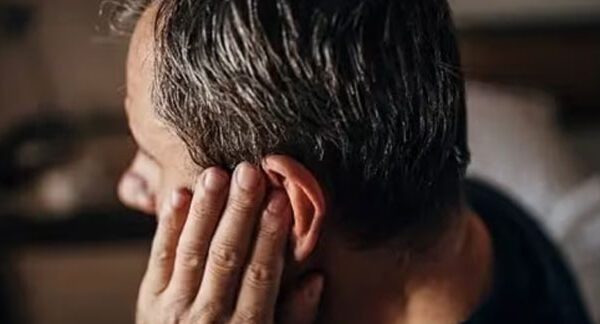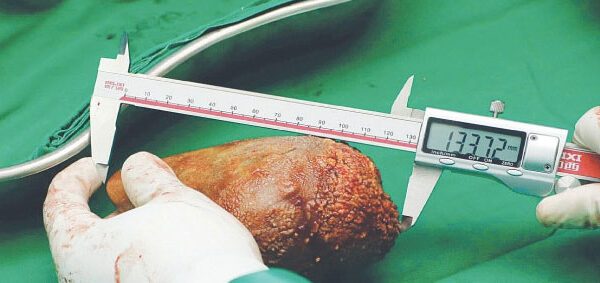Hope for the Bald: Skin Moles May Hold the Secret to Hair Rejuvenation
Baldness and hair loss have long been associated with various health conditions and mental health issues, including stress and anxiety. While genetics play a role in hair loss, there may be a newfound solution to convince stubborn hair to stick around.
A recent study published in the journal Nature suggests that skin moles could hold the key to treating hair loss.
Over the course of nearly a decade, researchers at the University of California, Irvine have been investigating skin moles to understand why they produce long hairs. Their latest study reveals that these moles contain specific chemical compositions that promote hair growth.
“Moles with hair provided us with valuable insights,” said Maksim Plikus, the lead author of the study and a professor of developmental and cell biology at UC, Irvine.
On average, an individual loses between 50 and 100 hairs per day, and the stem cells in their hair follicles generate new hair. However, in individuals with baldness or pattern baldness (alopecia or androgenic alopecia), these stem cells remain dormant, inhibiting new hair growth.
In mouse experiments, Plikus and his research group demonstrated that an osteopontin molecule, abundantly present in hairy skin moles, could activate dormant hair follicle stem cells.
To confirm this finding, the researchers grafted mouse skin samples onto human skin and injected the mice with the molecule three times, with a one-day interval between injections.
Remarkably, the injected mice began growing new hair up to one centimeter in length.
As a control, the researchers also injected a neutral protein into a different area of the skin, which did not induce hair growth.
NBC reported that Plikus emphasized the relevance of his findings to humans, as the experiment employed human skin samples and tested a molecule found in human moles, unlike other studies focusing solely on mouse fur.
Mayumi Ito, a professor of dermatology and cell biology at NYU Langone Health, who was not involved in the research, remarked, “The mechanism that they identify in mice seemed to be applicable to understand hair follicle growth in humans. That is a remarkable part of the study.”
Theoretically, Plikus suggests that individuals could witness the regrowth of their natural hair to its pre-baldness state.
“Your pre-existing dormant hair follicles will awaken, and they will start growing again,” Plikus explained. “Once they start growing, they will naturally produce hair that resembles what you had when you were 18. It will have the same thickness, length, and texture.”
Plikus’s research is being licensed and advanced to clinical trials by Amplifica, a company he co-founded. In the coming months, the company plans to initiate human trials to assess the safety of a compound that delivers osteopontin to the body.
Additionally, Amplifica intends to conduct trials with a synthetic version of the compound, aiming to develop an outpatient hair growth procedure similar to microneedling and Botox.
Currently, the FDA has approved two hair loss treatments: Propecia and Rogaine. However, both are prescription drugs with potential side effects such as skin irritation and erectile dysfunction. Moreover, neither treatment fully restores hair loss. Dr. Jeremy Green, a board-certified dermatologist, believes that existing treatments alone are insufficient to address the issue.
Green clarified that the molecular injection being developed by Amplifica may not be effective for hair loss caused by medical conditions like thyroid disorders. Nevertheless, he hopes the injection could benefit many patients experiencing balding or thinning hair.








